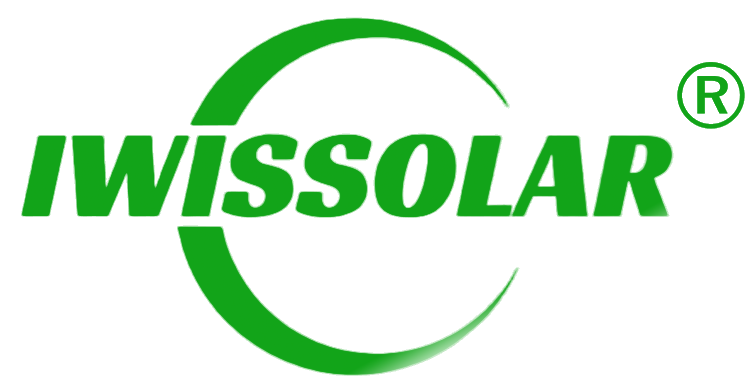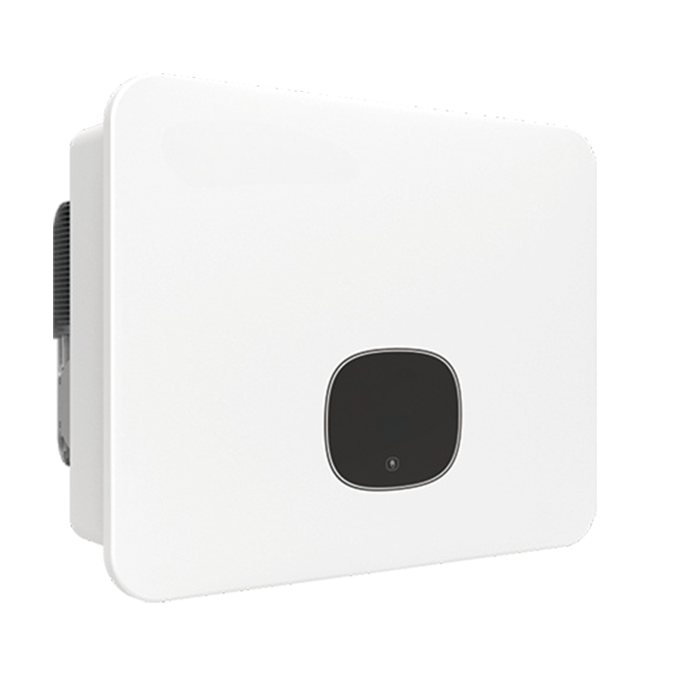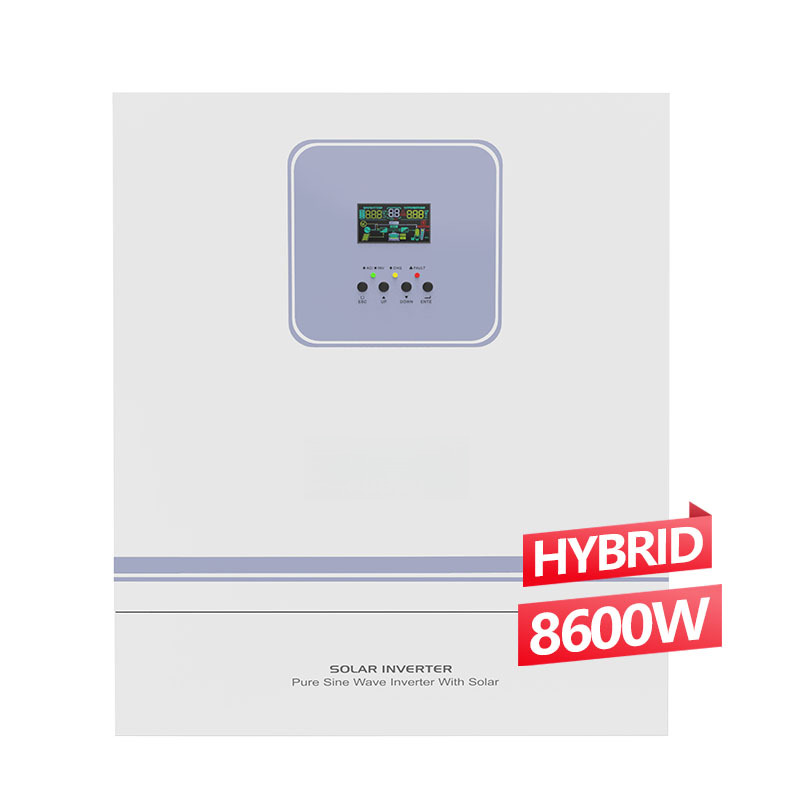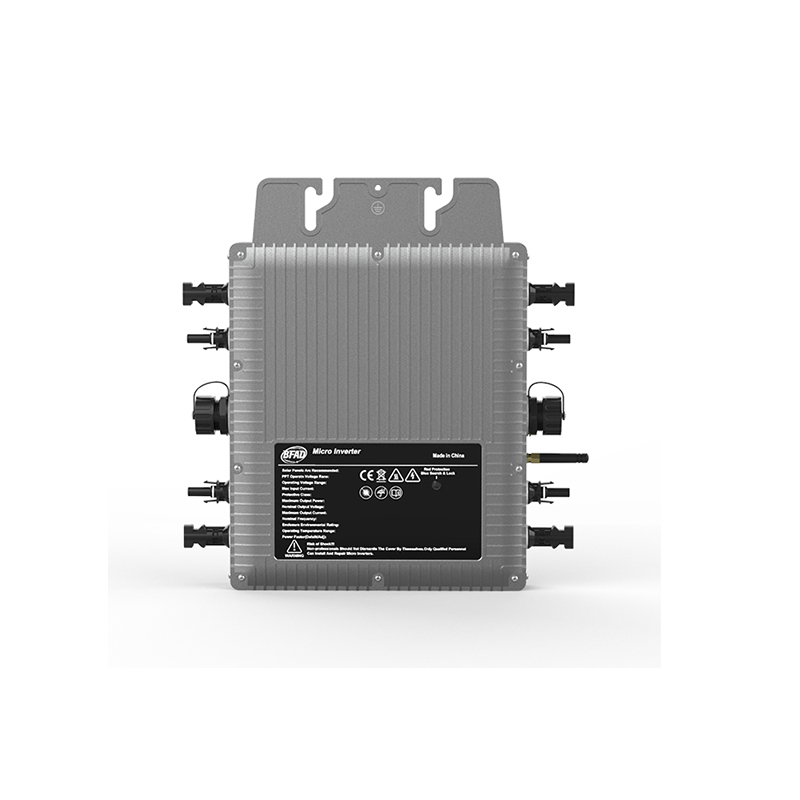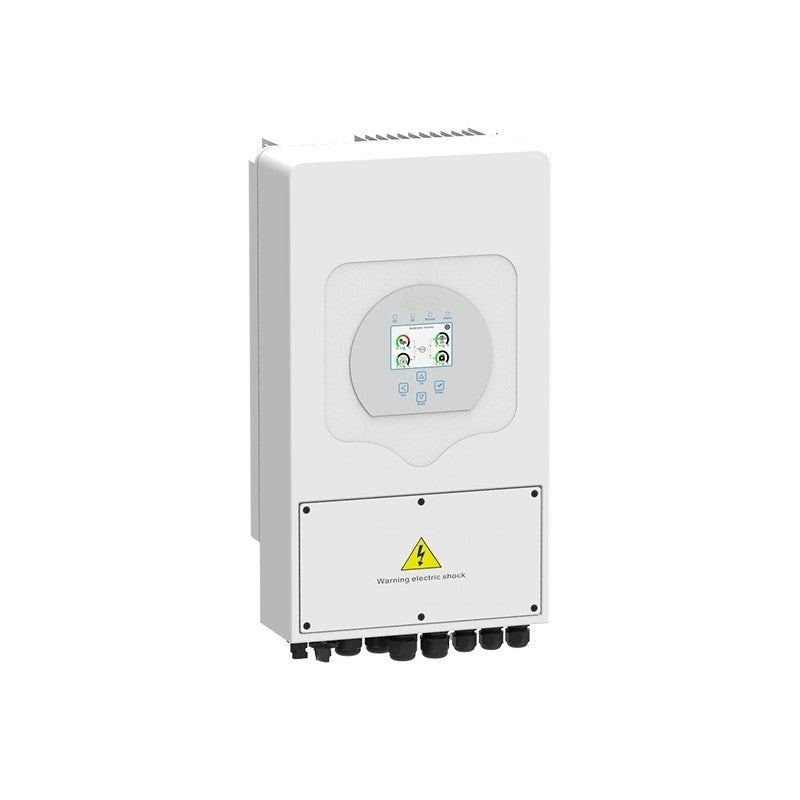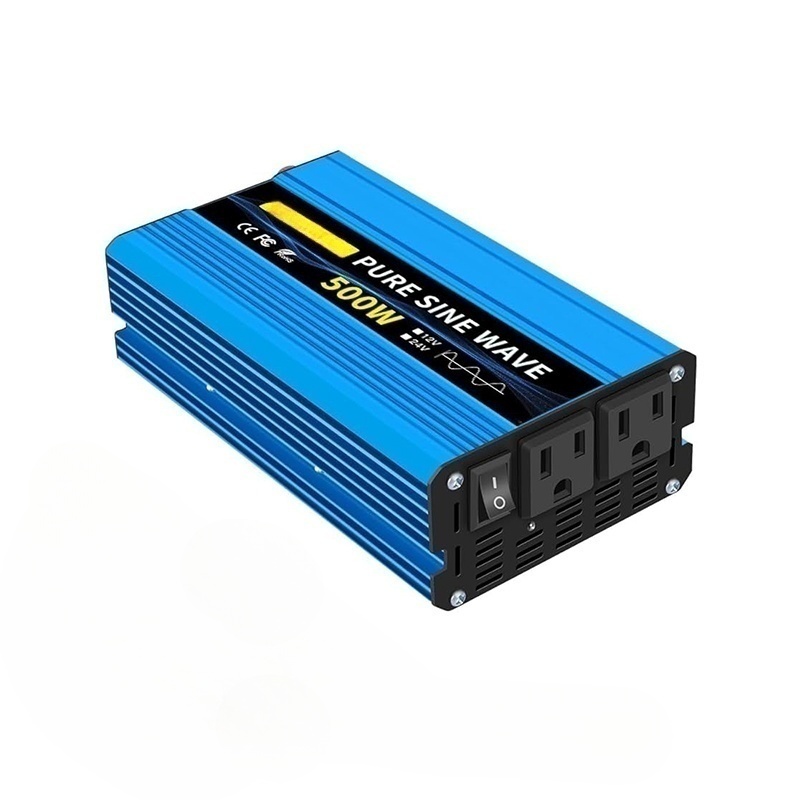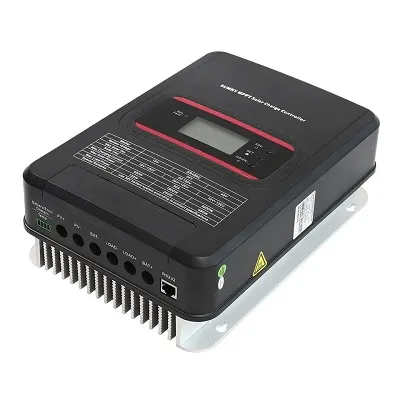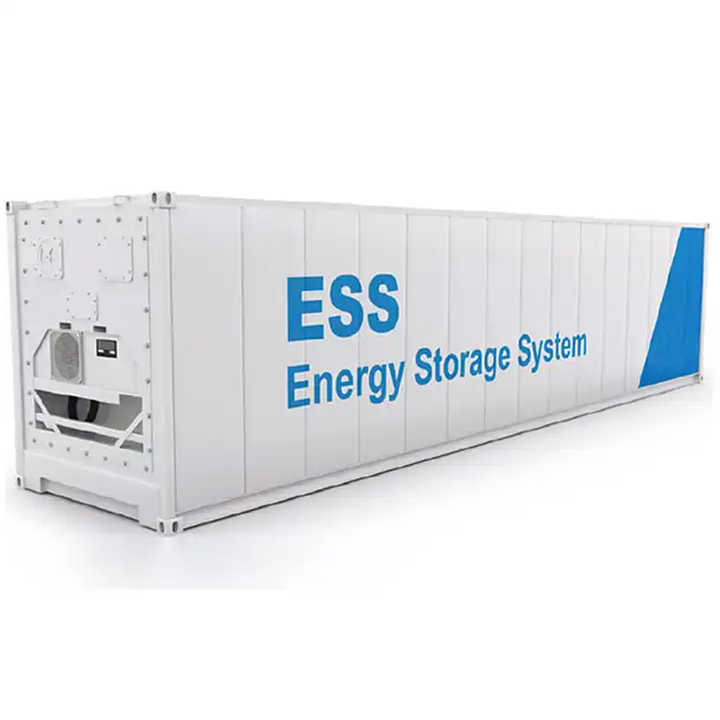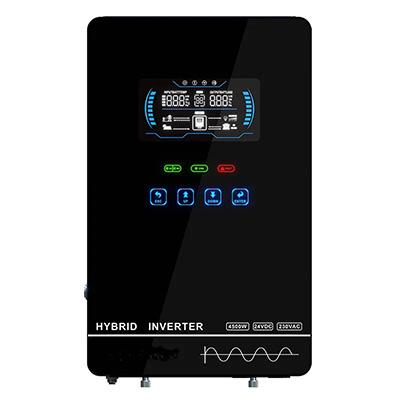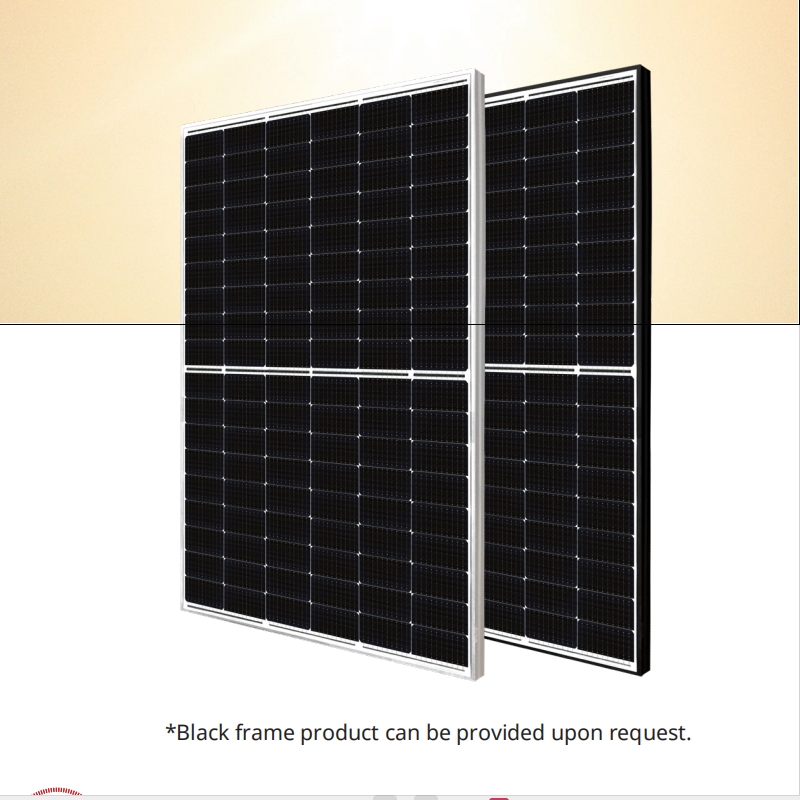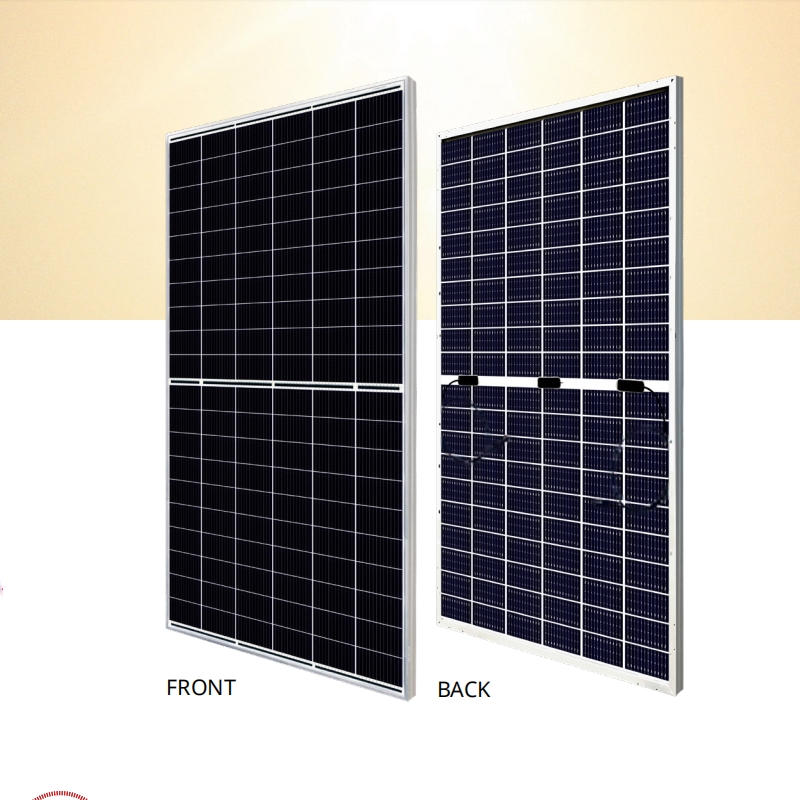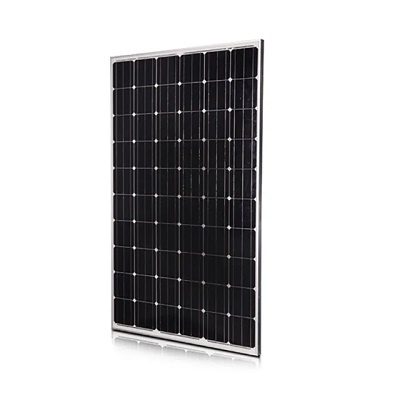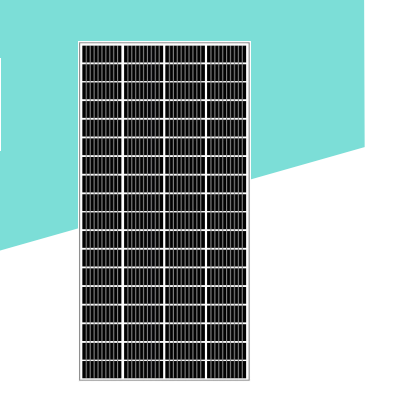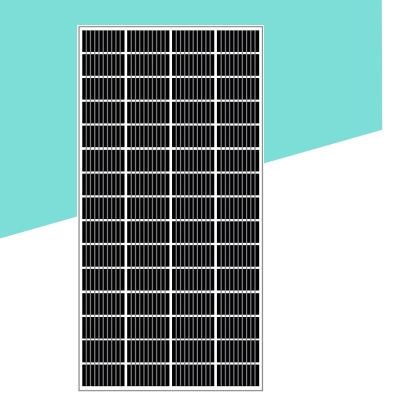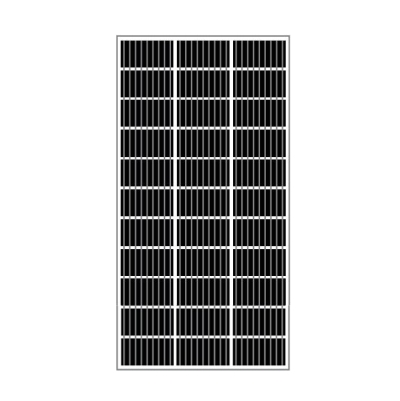Latest Innovations from Off-Grid Solar Inverter Manufacturers
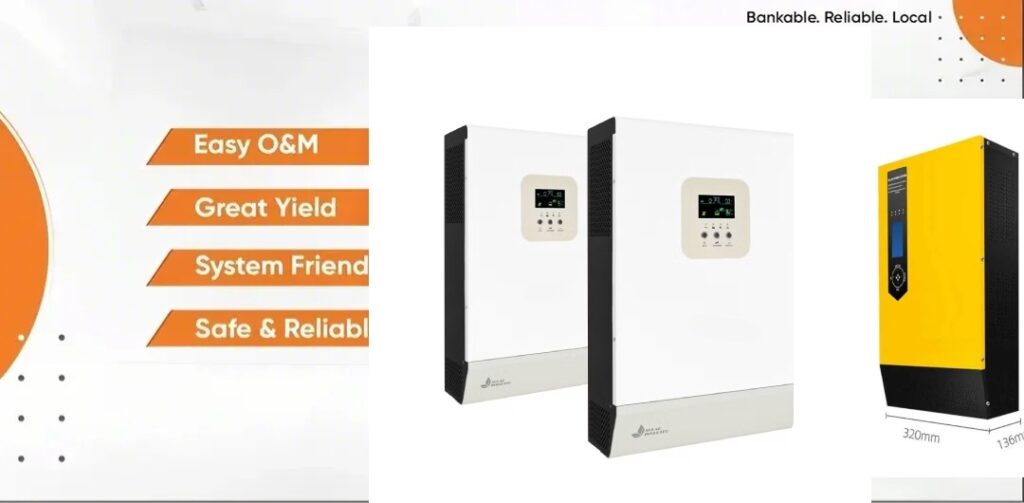
Picture this: you’re sitting in a cozy cabin tucked away in the mountains, miles from the nearest power line. The sun dips below the horizon, casting a golden glow over your solar panels, and yet your lights stay on, your fridge hums quietly, and your phone keeps charging. How? It’s all thanks to an unsung hero of off-grid living—the solar inverter. Specifically, an off-grid solar inverter, which takes the raw energy from your panels and transforms it into power you can actually use. And here’s the exciting part: these devices aren’t standing still. Manufacturers are rolling out innovations that are making off-grid solar systems more powerful, efficient, and user-friendly than ever before.
In this article, you’ll get an up-close look at the latest breakthroughs in off-grid solar inverter technology. Whether you’re a weekend warrior escaping to an off-grid retreat or someone committed to full-time energy independence, these advancements are designed to make your life easier, your power more reliable, and your setup more affordable. Let’s dive into what’s new and why it matters to you.
Part 1. Iwis Solar Manufacturers in China
Custom Solar Products For Your Industries
Part 2.What Makes Off-Grid Solar Inverters So Special?
Let’s start with the basics. Off-grid solar inverters are your lifeline when you’re living or working beyond the reach of utility lines. They’re built to store energy and deliver a steady power supply, even when the sun dips below the horizon. Whether you’re powering a cozy retreat or a small business, these inverters give you the freedom to be self-sufficient. Unlike grid-tied systems, off-grid setups demand inverters that can handle everything solo—making the manufacturer you choose a big deal.
Part 3. What Makes Off-Grid Solar Inverters So Special?
Before we jump into the shiny new stuff, let’s get on the same page about what off-grid solar inverters do. Unlike their grid-tied cousins, which lean on the utility grid for support, off-grid inverters are the backbone of standalone systems. They convert the direct current (DC) electricity your solar panels produce into alternating current (AC) that your appliances need. But that’s not all—they also manage battery charging, keep your power supply steady, and sometimes even juggle additional energy sources like generators. In short, they’re the multitasking wizards that keep your off-grid world spinning.
With such a critical role, any upgrade to these inverters can transform your entire system. That’s why the latest innovations are worth your attention. Ready to see what’s changing the game? Let’s go.
1. Higher Power Ratings: Big Energy for Big Dreams
If you’ve ever thought about scaling up your off-grid setup—maybe to power a sprawling homestead or a small business—you’re in luck. Manufacturers are now producing inverters with power ratings that soar past 400 kilowatts (kW). That’s a huge leap from the smaller units of the past, which were mostly built for tiny homes or modest cabins.
Why does this matter to you? Higher power ratings mean you can run more devices, support larger systems, and do it all with fewer inverters. Fewer inverters translate to lower installation costs, less maintenance, and better efficiency. Imagine setting up a community microgrid or powering a workshop without breaking a sweat—or your budget. That’s the kind of flexibility these beefy new inverters bring to the table.
2. 2,000 Volts: More Power, Less Hassle
Here’s a trend that sounds technical but has real-world perks you’ll appreciate: the shift from 1,500-volt to 2,000-volt systems. What’s the big deal? Higher voltage lets you string together more solar panels in a single line before splitting off into separate circuits. Fewer strings mean fewer cables, connectors, and other bits and pieces—cutting your system’s “balance of system” costs by 10-15%.
For you, this could mean a simpler setup and lower upfront expenses, especially if you’re installing in a remote spot where every trip to the hardware store feels like a pilgrimage. Plus, fewer components often mean fewer things to fix down the road. It’s a practical upgrade that keeps your money where it belongs—in your pocket.
3. Smart Energy Management: Your System, Your Rules
Remember the days of squinting at a control panel or guessing how much juice your batteries had left? Those are fading fast, thanks to smart energy management features in today’s off-grid inverters. Picture this: you’re sipping coffee miles away from your system, yet you can pull up an app on your phone to check its status, tweak settings, or even troubleshoot a glitch—all in real-time.
Manufacturers are packing inverters with cloud-based platforms and remote monitoring tools that put you in the driver’s seat. Whether you’re at work, on vacation, or just too cozy to step outside, you’ve got full control. For folks in far-flung locations, this is a lifesaver—fewer site visits, less guesswork, and a system that’s always running at its best.
4. Hybrid Inverters: Batteries and Beyond
Energy independence isn’t just about capturing sunlight—it’s about storing it for when the clouds roll in. That’s where hybrid inverters come in, and they’re taking off in a big way. These clever devices don’t just handle solar panels; they sync up seamlessly with battery storage, letting you stash extra power for nighttime or rainy days.
What’s really cool? Some of these inverters play nice with all kinds of batteries—old-school lead-acid, sleek lithium-ion, you name it. That flexibility means you’re not tied to one brand or stuck upgrading everything at once. Whether you’re building a system from scratch or retrofitting an existing one, hybrid inverters give you the freedom to store energy your way, ensuring you’ve got power whenever you need it.
5. Cybersecurity: Keeping Your Power Safe
As inverters get smarter and more connected, there’s a flip side to consider: cybersecurity. The more your system talks to the cloud or your phone, the more it’s exposed to potential threats. Manufacturers aren’t taking this lightly—they’re beefing up inverters with top-notch security features like encrypted data, secure remote access, and regular software updates.
Why should you care? Because a hacked inverter could disrupt your power or even damage your system. These new safeguards mean you can enjoy the perks of a connected setup without losing sleep over cyber risks. It’s peace of mind, plain and simple.
6. Efficiency That Packs a Punch
When it comes to inverters, efficiency is king. The higher the efficiency, the more of your solar energy makes it to your outlets instead of getting lost as heat. For years, top-tier inverters have hovered around 98% efficiency, but now manufacturers are gunning for the holy grail: 99% and beyond.
A 1% bump might not sound like much, but over time, it adds up—more power for your home, less waste, and a better return on your solar investment. If you’re running a tight energy budget (and who isn’t off-grid?), this push for ultra-high efficiency could be the edge you need to keep everything humming.
7. Modular Designs: Build It Your Way
Your off-grid setup is as unique as you are, and the latest inverters are catching on. Modular and flexible designs are popping up, letting you mix and match components to fit your exact needs. Think of it like LEGO for solar power—snap together what you want, when you want it.
Some inverters now use microinverters, tiny units that handle power conversion for individual panels. If one fails, the rest keep going—no more single-point meltdowns. Others offer standardized setups that make it easy to scale up or swap parts as your energy demands grow. Whether you’re starting small or dreaming big, these adaptable designs let you customize without the headache.
8. AI and Machine Learning: Your Inverter’s New Brain
Artificial intelligence (AI) isn’t just for sci-fi movies—it’s showing up in off-grid solar inverters, and it’s pretty darn impressive. With AI and machine learning, your inverter can do more than just convert power; it can think. It analyzes how you use energy, predicts when maintenance might be needed, and fine-tunes performance on the fly.
Imagine an inverter that notices your fridge kicks on every evening and adjusts to save battery power accordingly. Or one that flags a potential issue before it leaves you in the dark. These high-tech helpers take the guesswork out of managing your system, making off-grid living smoother and more reliable than ever.
What Other Solar or Power Products You Want
Custom Solar Products For Your Industries
We provide custom solutions to all our customers and offer free consulting or samples that you can take advantage of.
Part 4. How These Innovations Change Your Game
So, what’s in it for you? A lot, actually. These advancements aren’t just tech for tech’s sake—they’re about making off-grid solar work better for real people like you. Here’s the rundown:
- Higher power ratings let you dream bigger without the extra cost.
- 2,000-volt systems simplify your setup and save you cash.
- Smart features put control in your hands, wherever you are.
- Hybrid inverters keep your lights on, rain or shine.
- Cybersecurity protects your system from digital troublemakers.
- Better efficiency squeezes every drop of power from your panels.
- Modular designs grow with you, no fuss required.
- AI smarts make your system practically run itself.
Whether you’re powering a weekend getaway or a full-time off-grid life, these upgrades mean more reliability, less stress, and a setup that fits your world.
Part 5.Picking the Perfect Inverter for You
With all these options, how do you zero in on the right inverter? It’s not as tricky as it sounds—here’s how to nail it:
- Know Your Power Needs: Figure out how much juice you’ll use daily. A small cabin might need less than 5 kW, while a bigger setup could demand 20 kW or more.
- Think Location: Remote? Prioritize smart monitoring. Easy access? You might lean on efficiency instead.
- Plan Ahead: Want to expand later? Go modular. Staying small? A simpler unit might do.
- Chase Efficiency: Aim for 98% or higher—it’s worth it.
- Stay Secure: Check for cybersecurity features, especially if you’re online.
- Love the Extras: AI or hybrid capabilities could seal the deal.
- Ask Around: Chat with solar pros or buddies who’ve been there—they’ve got wisdom to share.
Part 6.Wrapping It Up: Your Off-Grid Future Awaits
The off-grid solar inverter scene is buzzing with change, and it’s all pointing toward a brighter, more independent future for you. From powerhouse inverters that can handle anything you throw at them to AI-driven systems that practically think for themselves, these innovations are tearing down the old barriers to off-grid living. They’re not just tools—they’re your ticket to a life powered by the sun, on your terms.
So, what’s your next step? Maybe it’s time to upgrade that aging inverter, explore a hybrid setup, or finally take the plunge into off-grid life. Whatever you choose, these cutting-edge advancements are here to back you up. Embrace them, and let the sun light your way.
Custom Solar Products For Your Industries
We provide custom solutions to all our customers and offer free consulting or samples that you can take advantage of.
